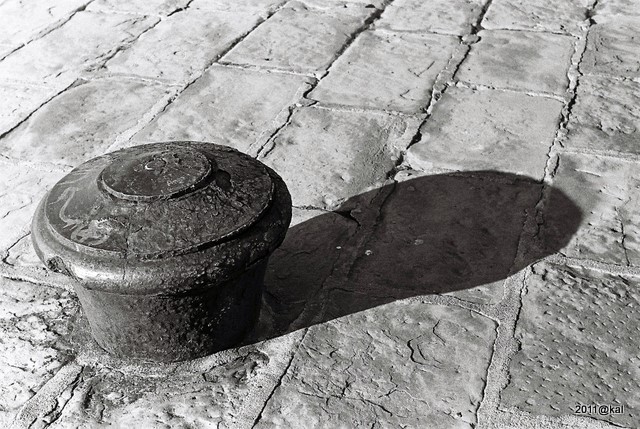Stravinsky
Leitz Fellowship
So, the worst thing is I can't figure out what went wrong.
I still need to scan the negs, so my investigation is not complete yet. However the developed film is clearly spoiled by dark spot that ranges across three/four frames every two/three clean frames.
When I get out the reel the film looked properly positioned, although in the winding process I feared something get wrong at the end.
However, my first suspect is the position of the reel. I have a Paterson tank with two reels and somehow I managed to position the loaded reel in the top position, leaving the empty one below. I guess this spoiled the development, although I can't figure out the black spot in sequence.
Any idea what could be happened?
Thank you in advance, Andrea
I still need to scan the negs, so my investigation is not complete yet. However the developed film is clearly spoiled by dark spot that ranges across three/four frames every two/three clean frames.
When I get out the reel the film looked properly positioned, although in the winding process I feared something get wrong at the end.
However, my first suspect is the position of the reel. I have a Paterson tank with two reels and somehow I managed to position the loaded reel in the top position, leaving the empty one below. I guess this spoiled the development, although I can't figure out the black spot in sequence.
Any idea what could be happened?
Thank you in advance, Andrea





